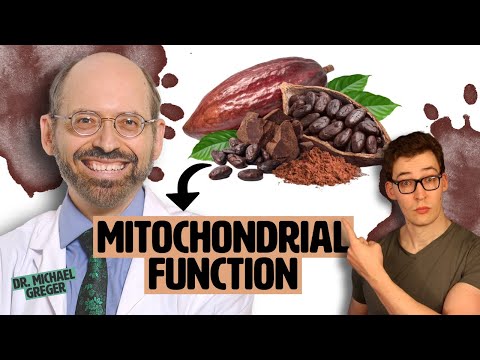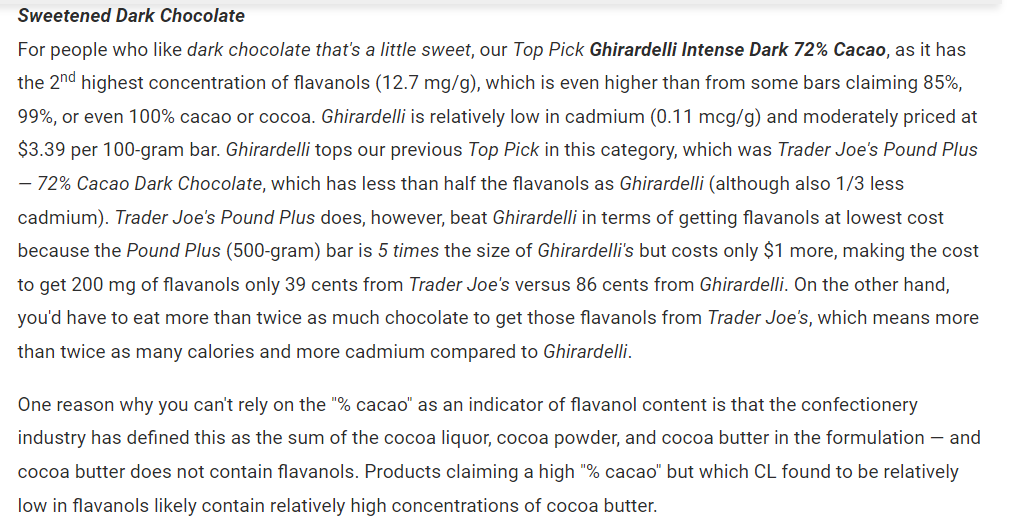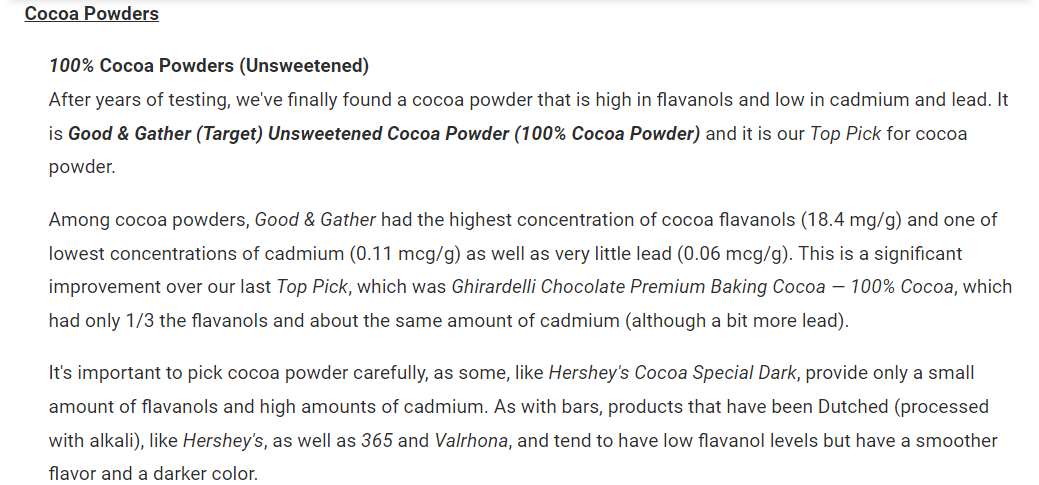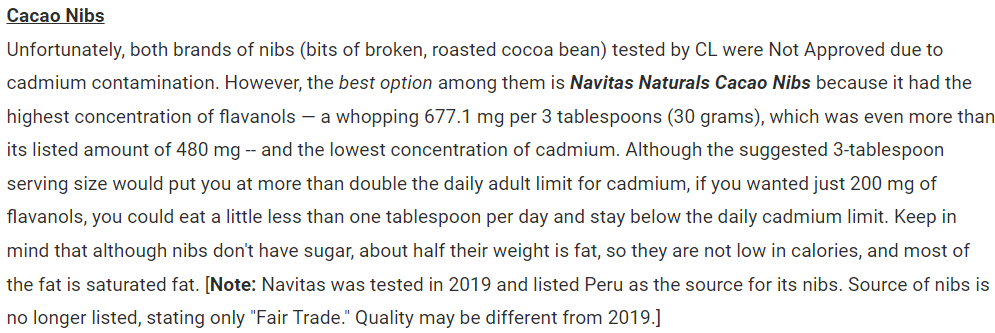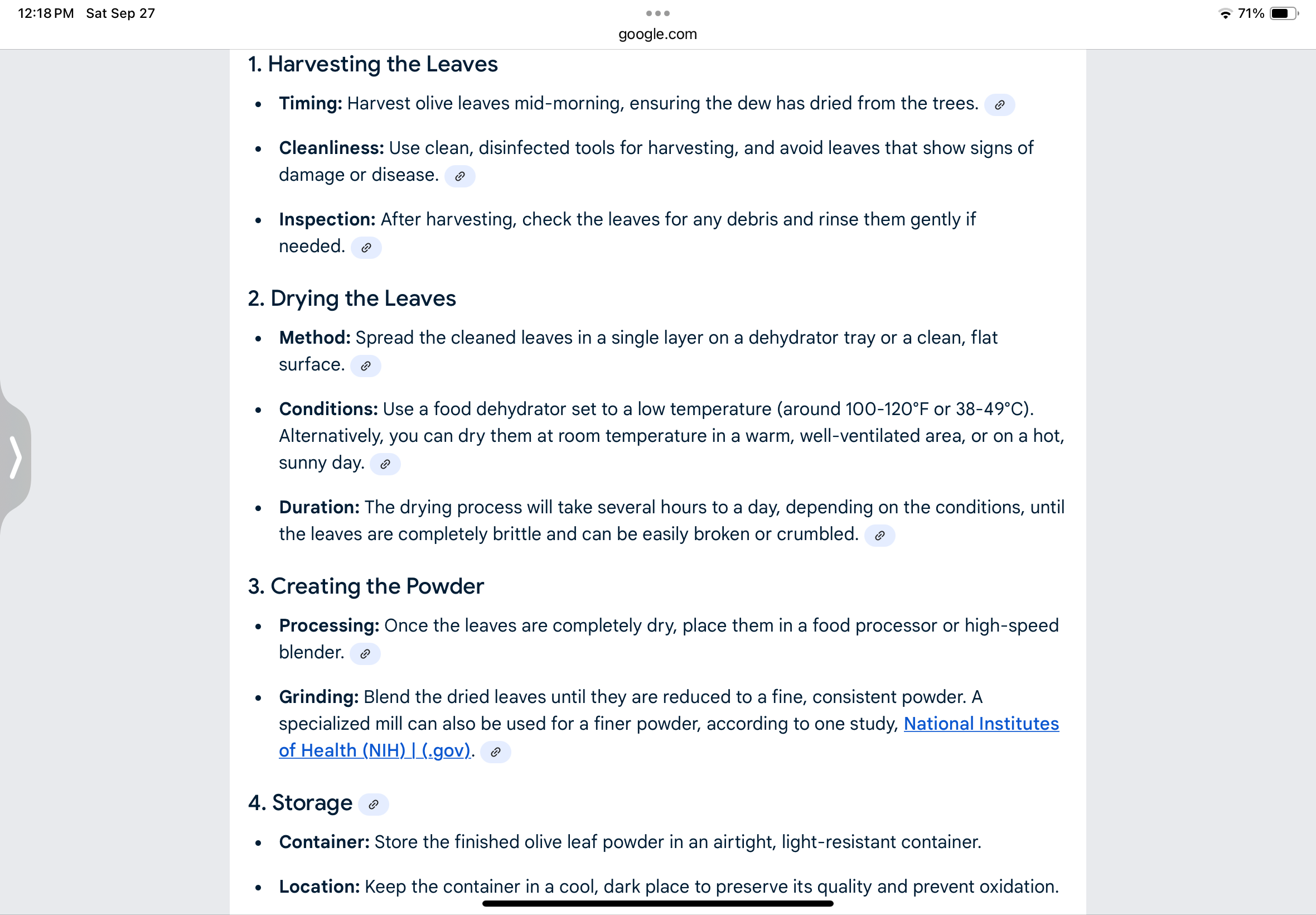It’s probably going to be done with vaccines or gene therapy in the future.
As you’ve said before - solutions to heart disease are available but for some reason, poorly implemented in larger populations.
A good writeup by Kamil Pabis, a longevity researcher in the Bryan Kennedy lab at the National University of Singapore:
No, your chocolate also won’t kill you
Many articles have raised the issue of elevated heavy metal burden in chocolates and cocoa products. Many articles have been written appearing to debunk the former, too. The reality, however, is a bit more complicated than that.
Before we start, I want to clarify that this is not another post that will tell you how “proposition 65” and consumer labs are wrong. There is, in fact, and as far as I am concerned, no safe intake level of cadmium. The major theme that this post will follow is also a driver for my own research direction and supplementation. All things involve risks and benefits that need to be traded off.
Ironically, and sadly, more articles have been written warning about chocolate than articles praising the results of the COSMOS trial which found that supplementation with cocoa flavonoids reduces cardiovascular mortality (although the statistical evidence was a bit shaky). Hard outcome data from real trials trumps mechanistic speculation based on observational studies that is used to argue for lowering Cd intakes.
There is now no way around supplementing cocoa polyphenols if you are serious about your health. The literature overall suggested that flavonoids are beneficial for a long time but there was no evidence from controlled trials to support this idea until now. With the results of COSMOS this has changed and the polyphenol/flavonoid hypothesis is validated. What remains is the practical implementation, which is were worries about Cd are reasonable.
Read the full article here: No, your chocolate also won't kill you - Kamil’s Substack
I think this is likely a factor in me getting my CRP levels down to 0.26 from 0.90 over the past year…
Biomarker results and future directions
In this follow-up analysis, researchers examined blood samples from 598 COSMOS participants to assess markers of age-related inflammation. They focused on three pro-inflammatory proteins (hsCRP, IL-6, and TNF-α), one anti-inflammatory protein (IL-10), and one immune-related protein (IFN-γ). Over the course of baseline, one year, and two years of follow-up, hsCRP levels fell by 8.4% annually in participants taking cocoa extract compared with placebo, while the other biomarkers showed little change or modest increases.
Research paper (paywalled):
Effects of 2-year cocoa extract supplementation on inflammaging biomarkers in older US adults: findings from the COcoa Supplement and Multivitamin Outcomes Study randomised clinical trial
Congrats! Are you eating chocolate or using supplements?
Also, I’ll share my latest way of consuming chocolate… I use a microplane and grate a ton of chocolate on top of my latte.
I’m currently using guittard bittersweet baking bar 70%. No idea how many flavanols are in there, though… but it’s at least yummy to me.
I add about 20 grams of cacao powder to my coffee in the morning.
Something like this… I just noticed yesterday that a 32 oz bag of this Navitas cacao powder is $13 at my local Costco.
https://www.iherb.com/pr/navitas-organics-organic-cacao-powder-unsweetened-24-oz-680-g/90758
I have two comments
Eureka… why am I grating when god invented powder??
Good find at costco! And 20 grams!!! I see one tbsp is 6 grams… the lesson here is your coffee is much better than my coffee ![]()
That’s what I get from local Costco. Generally, wait for them to drop a sale which happens this time of the year! The Costco pack is large enough last several seasons!
I too concoct it with unflavored collagen+ creatine in my morning espresso!
I eat half a bar of Lily’s 92% dark chocolate and take 1 scoop of Bryan Johnson’s cocoa powder daily because it’s very high in flavonols, which is where the benefits of cocoa come from.
I do the same - add a tablespoon of organic cacao powder from Costco to my coffee or smoothie.
Ditto, though I don’t get up as high as 20g. Same brand.
Interesting factoid: cacao polyphenols last a long time (years), so the powder doesn’t really lose potency, unlike fruit powders, such as blueberry extract powders which lose potency extremely fast. Most OLE (Olive Leaf Extracts) on the market are worthless, because drying and processing the leafs is very tricky (not done properly loses over 90% of the polyphenols and rarely done properly, and then the polyphenols last a very short time in storage. I couldn’t trust commercial OLE supplements, so used to make my own olive leaf powder from my olive trees (which grow well in SoCal!), but eventually stopped as it’s too much work. Bottom line, if you get a good deal on a large bag of cacao (from a good brand!), you don’t need to worry it’ll go bad (just store it in a dry, cool, dark space).
We have bunch of mature olive trees which are really for shade and perennial admiration
Never had time/motivation to do anything with the olives that simply drop each year owing to competing priorities.
Things are easing up so I wonder how do you make olive leaf extract? Or, if convenient you could direct me to a good link/youtube vid.
I did that years ago, basically developed my own protocol based on a bunch of papers, so I never looked up yt videos or how random people do it. So I just now googled to see what’s out there - I don’t usually rely on AI, but I looked over this one, and admittedly it looks solid, so I’ve included a screenshot with the instuctions (there are links for the various steps, but you can ignore those, it’s the result that counts). Key points to emphasize: do not use high temps in drying, because this is what most commercial producers do (most: about 99%), and it destroys the polyphenols, so right off the bat you’ve lost 99%. Frankly, I used only room temperature spreading them over a sheet - but you have to control the moisture in the air, keep it dry (yes, a pain in the behind).
Dangit, I wish I read that before purchasing the olive Leaf Extract from Amazon.
While I do use powder, I think its also important to eat cacao nibs in moderation which include the cacao butter, which is the best source available for stearic acid. Its benefits are impressive.
A follow-up question- how do you dose it? Do you sprinkle it on salad etc?
When I made my own powder, I put it in my 1-cup (so not much liquid) chamomile based “night drink” (which had a few things in it, like glycine) which I would gulp down around 10pm before bed. On its own it’s pretty foul tasting so sprinkling it on salads or whatnot would just spoil the taste of whatever it’s on.
I have used the CocoaVia powder in the COSMOS trial for several years. I too saw a possible reduction in hsCRP, though a very small one. I had observed a very small rise in hsCRP with increasing age and had just begun to cross over occasionally into the bottom of the category one up from “low”. I have too few data points after starting Cocoavia to draw any meaningful conclusions before Long Covid intervened and confounded my analysis. I use it in my nut or skim milk coffee “lattes”. Delicious, no risk of heavy metals or other contaminants that are often in chocolates, and some positive potential longevity benefit. An expensive cocoa replacement, which may, however, have some meaningful benefits.
